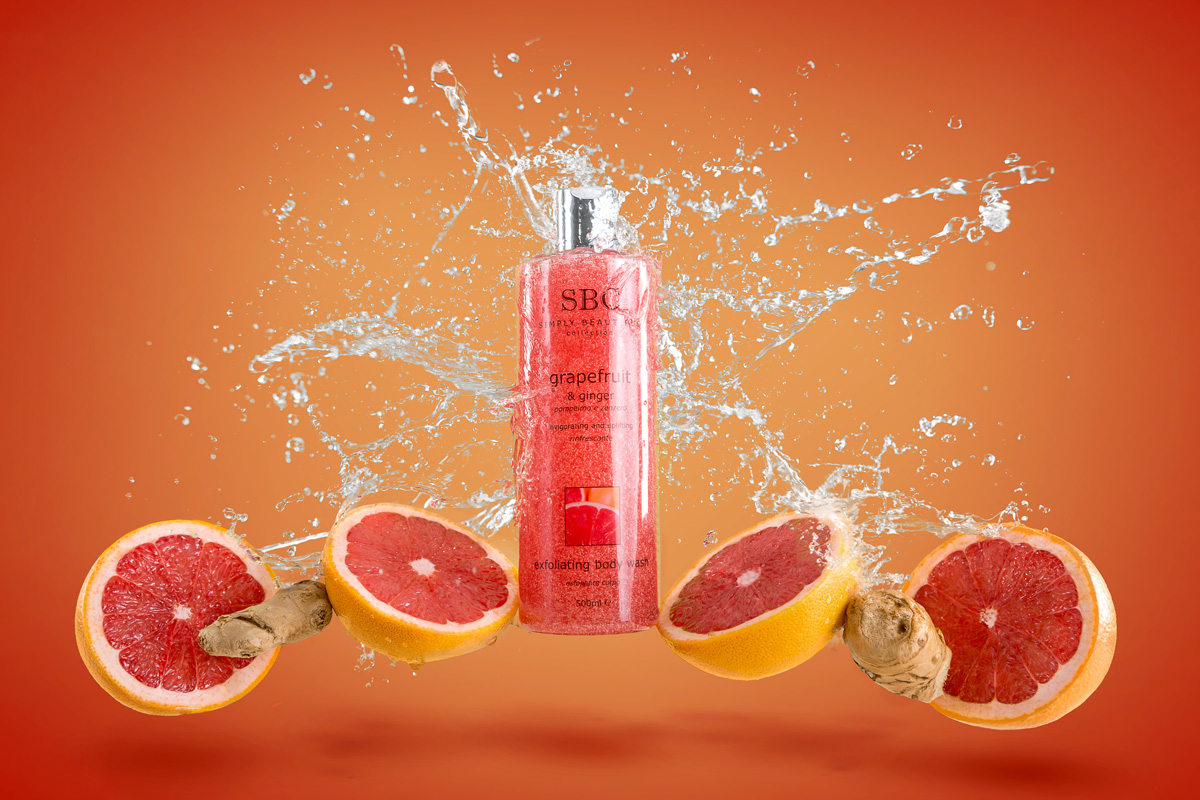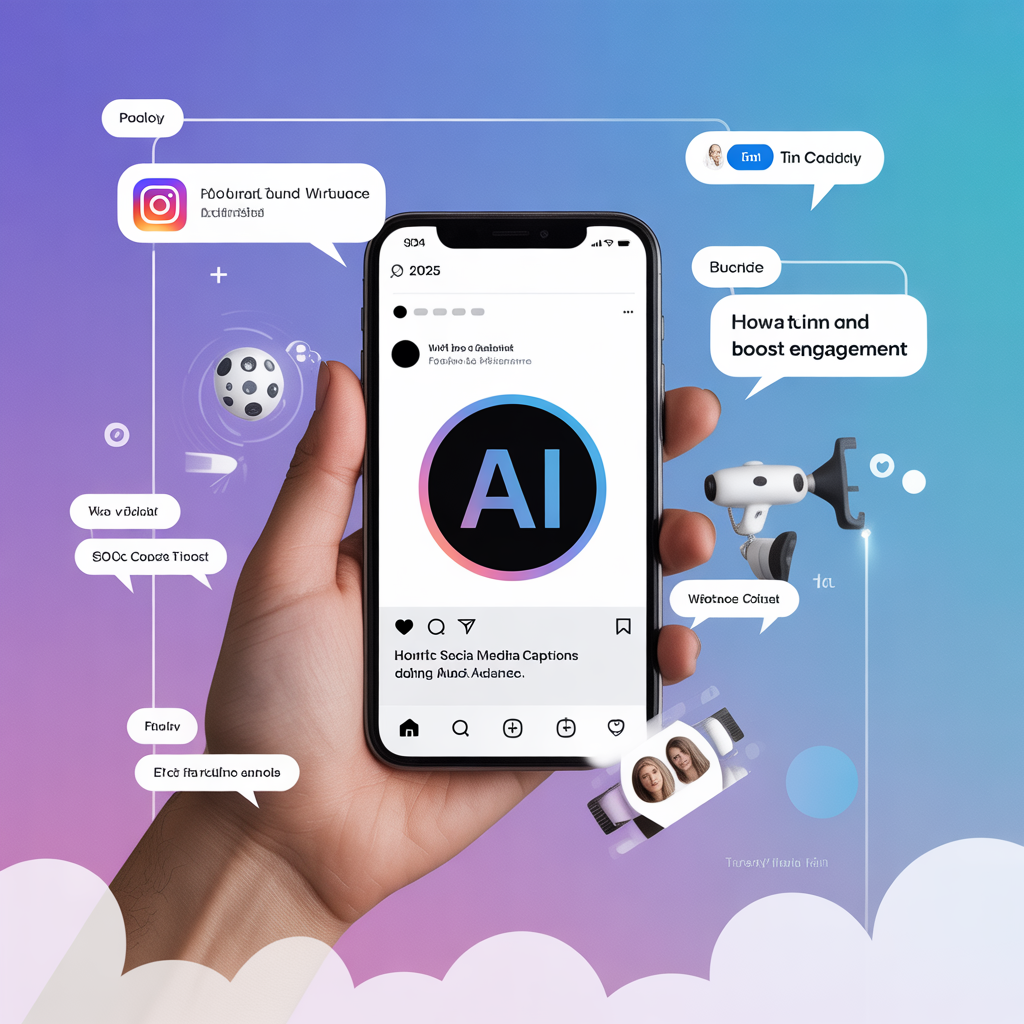In the world of Etsy, first impressions are everything. Before customers read your title, description, or reviews — they see your product image.
Your visuals decide whether they click or scroll past. High-quality, engaging product photos and mockups can boost your click-through rate (CTR), build trust, and increase conversions dramatically.
If you’re selling digital prints, stickers, or custom apparel, your visuals are your storefront. In this blog, we’ll explore how to create eye-catching product images and mockups that instantly grab attention and turn browsers into buyers.
1. Why Product Images Matter on Etsy
Etsy is a visual marketplace. Buyers make quick judgments — usually in less than 2 seconds — based on what they see.
Here’s why your product images play a critical role:
- Build instant trust: Clear, professional photos show that you care about quality.
- Increase click-throughs: More attractive visuals make users stop scrolling.
- Improve conversions: Good visuals help customers imagine the product in real life.
- Boost search ranking: Etsy’s algorithm favors listings with higher engagement (clicks + sales).
Simply put — better images = better results.
2. Know Etsy’s Image Requirements
Before designing anything, make sure your images follow Etsy’s guidelines:
- Minimum size: 2000 pixels on the shortest side (for zoom quality).
- Aspect ratio: 4:3 works best for Etsy thumbnails.
- Recommended resolution: 72–300 DPI.
- Number of images per listing: Up to 10 — use all slots if possible.
Use a consistent background, balanced lighting, and maintain uniform size and composition across all your listings for a professional storefront look.
3. Plan the Visual Story
Every product photo should tell a story — showing what your product is, how it looks, and how it fits into the buyer’s lifestyle.
Think in three layers:
- Main Image: The “hero” shot — clean, bright, focused on your product.
- Detail Shots: Close-ups showing texture, material, or print quality.
- Lifestyle Shots: Your product in use — framed artwork on a wall, sticker on a laptop, hoodie on a model, etc.
When buyers can visualize your product in their lives, they connect emotionally and buy faster.
4. Use Mockups Strategically
For digital products like printable art, stickers, and apparel designs, mockups are your best friends.
They let you showcase your design without needing to print or photograph every version.
How to use mockups effectively:
- Choose high-quality mockups (from Canva, Creative Market, or Placeit).
- Make sure they look realistic — avoid over-edited or artificial shadows.
- Match your target audience style — modern, boho, minimalist, sporty, etc.
- Add your designs in natural angles and lighting to blend perfectly.
Pro Tip: Use 3–4 different mockup styles per listing to appeal to varied audiences (e.g., living room frame, desk setup, tablet view).
5. Focus on Lighting and Composition
Even with mockups or photography, lighting makes or breaks your image.
- Use natural light near a window whenever possible.
- Avoid harsh flash — it causes glare and distortion.
- Keep backgrounds simple — white, beige, or light gray works best.
- Maintain center alignment for thumbnails — Etsy crops from the center.
- Use the rule of thirds to balance your product visually.
If photographing real items (like hoodies or printed stickers), use a tripod and shoot multiple angles.
6. Maintain a Consistent Aesthetic
Your shop’s brand identity depends on visual consistency.
When all your product images share the same tone and feel, buyers perceive your brand as reliable and professional.
Consistency tips:
- Use the same background color palette.
- Stick to 2–3 editing presets or filters only.
- Keep similar fonts and frames in mockups.
- Maintain equal spacing and layout in every image.
When someone visits your shop, they should immediately recognize your “look.” That visual signature builds brand recall and trust.
7. Include Text Overlays Wisely
Text overlays can add clarity — especially for digital files — but must be used carefully.
✅ When to use text overlays:
- To highlight key features (e.g., “Printable Digital Download”, “Instant Access”).
- To mention product type (e.g., “PNG | SVG | JPG Files”).
- To promote value (e.g., “HD Quality”, “Editable in Canva”).
⚠️ Avoid cluttering — keep text minimal, legible, and in soft contrast with the background.
Use clean fonts like Montserrat, Open Sans, or Poppins.
8. Optimize for Etsy Thumbnails
Your first product image (thumbnail) is the one that decides the click.
To make it stand out:
- Keep it bright, centered, and free from distractions.
- Avoid text that’s too small to read on mobile.
- Test your thumbnails in small view — they should look sharp and clear.
- Use A/B testing: upload two thumbnail versions, monitor views and clicks, and keep the one with higher performance.
Remember: Etsy shoppers scroll on phones — thumbnails must be mobile-optimized.
9. Use Lifestyle Mockups to Build Connection
Lifestyle imagery helps customers visualize usage. For example:
- Digital prints displayed in a living room or workspace.
- Stickers applied on laptops, bottles, or planners.
- Apparel worn by models in natural poses.
These images add emotional value — customers imagine themselves using your product.
You can find realistic lifestyle mockups on Envato, Placeit, and Canva, or even create your own using AI background generators.
10. Add Variety in the Image Set
Don’t upload 10 identical shots — use each slot creatively:
- Main Image (Hero Shot)
- Product Mockup 1
- Product Mockup 2
- Detail Close-up
- Lifestyle Image 1
- Lifestyle Image 2
- Feature Text Overlay
- Size/Format Info Graphic
- Usage Example (e.g., “Perfect for wall art, cards, gifts”)
- Branding/Thank-you Image
This full image set covers everything buyers might want to see before making a purchase.
11. Edit Like a Pro
Even a simple photo can look stunning with correct editing.
Use free tools like:
- Canva — for filters, text overlays, and mockups.
- Lightroom Mobile — for color correction and exposure.
- Photopea — for transparent backgrounds and resizing.
- Remove.bg — for removing cluttered backgrounds instantly.
Editing should enhance, not distort. Keep your colors accurate to the actual product.
12. Add SEO in Image Names and Alt Text
Etsy SEO doesn’t just rely on titles and tags — images also help in ranking.
✅ Rename your image files before uploading:
- “digital-wall-art-abstract-print.jpg”
- “boho-sticker-set-PNG-download.png”
- “custom-hoodie-mockup-sportswear.jpg”
✅ Add descriptive alt text when possible (especially on your website or social media posts).
These steps help Etsy and Google understand what your image is about — improving your visibility in image searches.
13. Don’t Forget Branding
Subtle branding increases trust and helps prevent content theft.
You can:
- Add a small watermark or logo in a corner.
- Use a consistent frame style (like a beige border).
- Include your brand name or shop URL on one image of each listing.
Keep branding light — never block the main artwork.
14. Tools and Resources
Here are some of the best tools to create professional Etsy images easily:
- Canva Pro – for quick mockups, templates, and resizing.
- Placeit – for realistic apparel and device mockups.
- Smartmockups – integrated with Canva for fast exports.
- Lightroom Mobile – professional photo editing on the go.
- Fotor or Pixlr – alternative free editing tools.
15. Test, Analyze, and Improve
Your visuals should evolve with data. Every few weeks, check your Etsy Shop Stats:
- Which listings get the most clicks?
- Which thumbnails have higher CTR?
- Which styles or backgrounds attract more attention?
Keep experimenting — even small image tweaks can improve performance significantly.
Conclusion
Your Etsy product images are your digital sales team — working 24/7 to attract buyers. Whether you’re selling digital downloads, stickers, or apparel mockups, professional-looking visuals can set your shop apart from thousands of competitors.
Focus on lighting, composition, mockups, and consistency. Tell a story through your photos, and make sure every image builds trust and excitement.
When customers stop scrolling and click your listing — that’s when your visuals have done their job.


